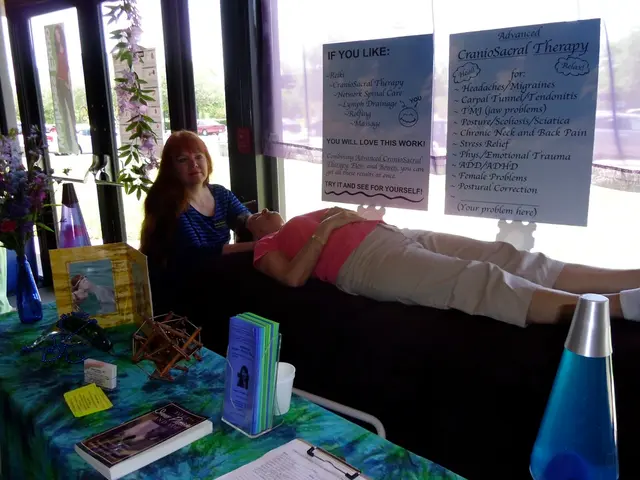shortage of bleeding detectors threatens mother's safety
In Kenya, a critical shortage of obstetric drapes - essential tools used in maternity wards to measure blood loss and detect postpartum hemorrhage, a leading cause of maternal mortality - has put thousands of mothers at risk. This shortage hinders timely identification and management of excessive bleeding after childbirth.
Efforts to address this issue include public awareness and advocacy by professional groups such as the Kenya Obstetrical and Gynaecological Society (KOGS). KOGS has publicly highlighted the shortage to prompt swift action and mobilize resources. However, the shortage persists amid broader challenges in Kenya’s healthcare system, including under-resourced county hospitals, staff shortages, and irregular medical supply deliveries by the Kenya Medical Supplies Authority (KEMSA).
The shortage of obstetric drapes has forced health workers to use ineffective methods to estimate blood loss. On average, Kenya loses 21 women daily due to childbirth, with at least 10 of those deaths attributed to postpartum haemorrhage. The maternal mortality rate in Kenya stands at 355 deaths per 100,000 live births.
To stay informed about the situation and interventions, follow news outlets like The Standard for ongoing health reports on maternal health and medical supply issues in Kenya. Monitor social media channels and official communications from KOGS, which actively raises awareness and advocates for improved obstetric care supplies. Review government and Senate health committee reports addressing healthcare facility conditions, supply chain challenges, and maternal health service gaps in county hospitals.
KOGS is collaborating with the Clinton Health Access Initiative (Chai) and the Kenya Medical Supplies Authority to procure more obstetric drapes. The initiative also promotes regular blood donation for maternity wards. Prof Moses Obimbo emphasized the importance of reliable medical supplies for the safety of mothers before and after birth. Prof Kihara suggested taking ownership and leadership in addressing health programs in Africa, including thinking seriously about domestic funding, taxation, performance-based care, and promoting preventive and promotive health.
However, it's worth noting that the article does not provide any new information about the supply of obstetric drapes requiring funding or any new initiatives or campaigns to raise awareness and resources for maternal health. In some African nations, the maternal mortality rate is between 300 and 600 per 100,000 live births, and in some cases, even 1,000 per 100,000. Prof Kihara did not specify the countries she was referring to when she mentioned high developed countries with minimal maternal deaths.
Prof Kihara stated that domestic funding can boost maternal and child health in Kenya. KOGS, the University of Nairobi, and the Midwives Association of Kenya are running advocacy, training, and research campaigns, including Run for Her, to raise awareness and resources. These sources provide both the latest situation reports and insights into governmental and professional efforts to resolve the obstetric drape shortage and improve maternal health outcomes in Kenya.
- Despite the collaborative efforts by organizations like KOGS, Chai, and KEMSA, the shortage of obstetric drapes persists, affecting health and wellness in Kenya's maternity wards, especially when compared to health-and-wellness standards in some other nations.
- Amidst the conversation around politics and resources for Kenya's healthcare system, epaper outlets like The Standard and social media channels of organizations such as KOGS hold a significant role in raising awareness and advocating for improved maternal health and medical supply situations, like the current obstetric drape shortage.




